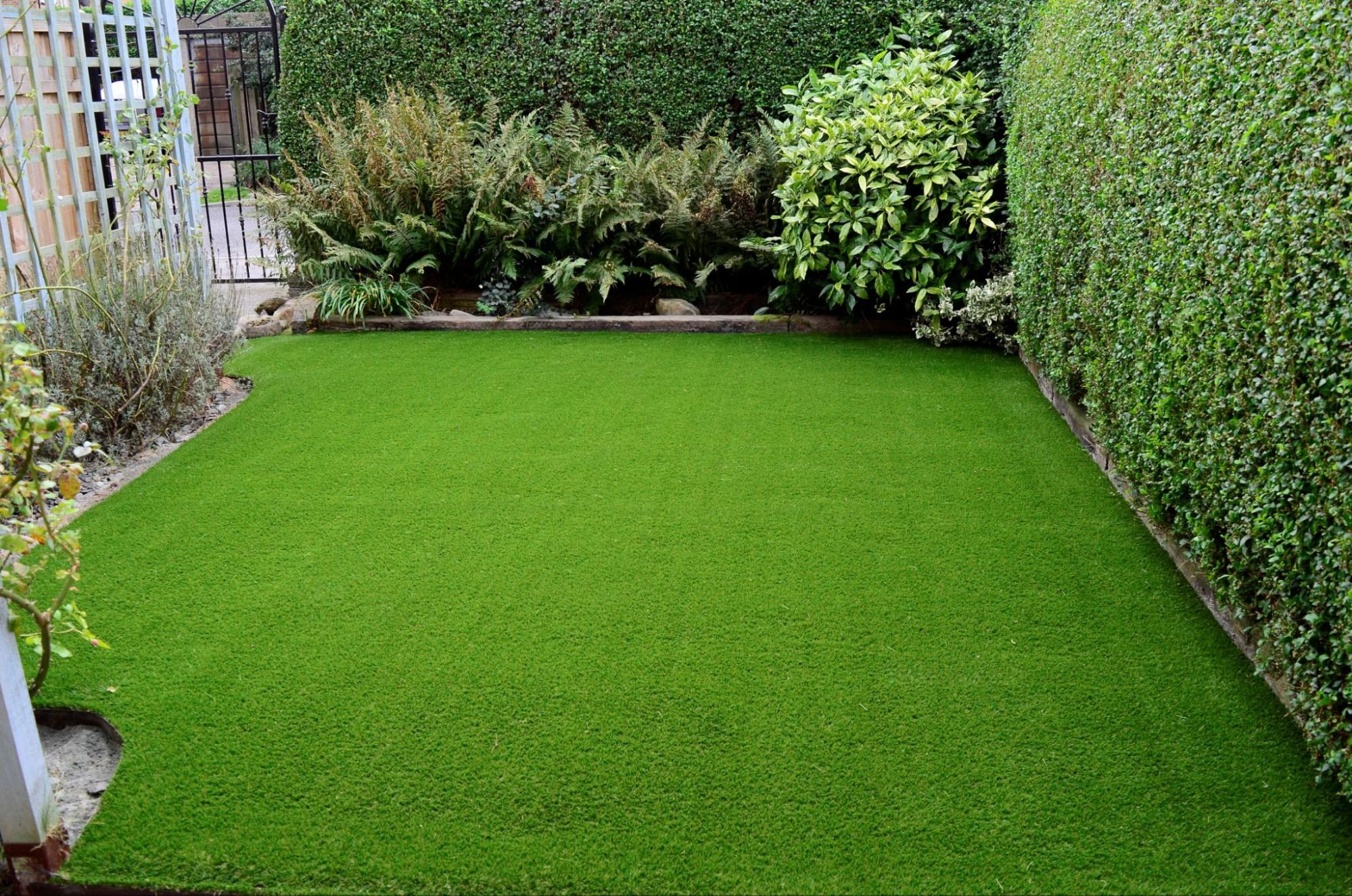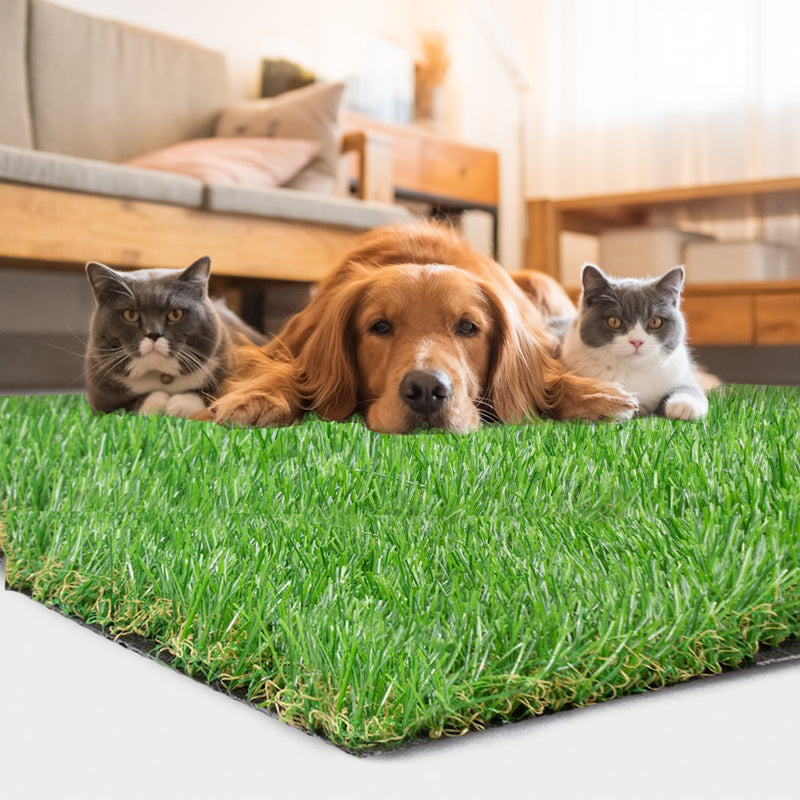High-Quality Arizona Turf Options for a Beautiful and Lush Landscape
High-Quality Arizona Turf Options for a Beautiful and Lush Landscape
Blog Article
Look Into the Environmental Benefits of Opting for Synthetic Grass Solutions
The fostering of fabricated grass solutions presents an engaging opportunity to address pressing environmental obstacles. By considerably reducing water usage and reducing the application of hazardous chemicals, these options not just promote lasting landscaping but likewise secure local ecosystems.
Water Preservation Conveniences
One of the most substantial benefits of synthetic grass is its capability to save water. Standard yard yards require considerable irrigation, especially in areas prone to drought or water restrictions. In contrast, man-made lawn does not require watering, considerably minimizing the total demand for water sources. This function is particularly advantageous in deserts where water shortage is a pressing worry.
By eliminating the need for regular watering, synthetic grass adds to sustainable landscape methods and assists alleviate the ecological impact of too much water consumption. Additionally, the preservation of water reaches the decrease of runoff, which can result in soil erosion and waterway pollution.
Furthermore, the installment of synthetic grass allows house owners and municipalities to allot water resources more effectively, concentrating on essential usages such as drinking water and farming. The shift towards synthetic grass not only advertises accountable water use yet additionally straightens with more comprehensive ecological goals focused on protecting natural deposits.
As areas progressively prioritize sustainability, the water conservation advantages of synthetic grass provide a compelling situation for its fostering in industrial and property landscape design tasks.
Minimized Chemical Usage
The transition to synthetic grass substantially reduces the dependence on chemical treatments commonly used in all-natural lawn upkeep. Conventional lawn management usually involves the application of pesticides, plant foods, and herbicides to advertise growth and control insects. These chemicals can position risks to human wellness, neighborhood wildlife, and the environment, adding to dirt and water contamination.
In comparison, fabricated turf removes the need for these unsafe substances. By reducing the release of artificial substances right into the ecological community, synthetic grass advertises healthier soil and water systems.
In addition, the absence of chemical overflow associated with man-made turf installations aids safeguard local waterways from pollution, sustaining aquatic life and maintaining biodiversity. Phoenix turf companies. As neighborhoods increasingly prioritize sustainable techniques, going with artificial lawn provides a sensible solution that aligns with environmental conservation goals. With this change, residential or commercial property proprietors can delight in rich eco-friendly spaces without endangering eco-friendly wellness, leading the way for an extra lasting future
Reduced Carbon Impact

Furthermore, the setup of synthetic grass can cause significant water preservation. Natural yards require substantial amounts of water for watering, which not just includes to the carbon footprint connected with water extraction and therapy however additionally pressures regional water resources. On the other hand, fabricated lawn needs minimal upkeep, calling for no watering, thereby significantly reducing water usage and its connected power expenses.
In addition, the long life of artificial lawn contributes to its reduced carbon effect. With a life-span of approximately 15 years or more, the demand for frequent substitutes is diminished, leading to much less waste and reduced power intake in manufacturing and dealing with standard lawn choices. Overall, synthetic grass provides a lasting choice for ecologically aware landscaping.
Habitat Conservation
Habitat conservation is a vital consideration in the dispute over landscaping options, specifically when contrasting synthetic grass to all-natural yard. Natural turf yards often call for substantial maintenance, consisting of the usage of herbicides, chemicals, and fertilizers, which can negatively affect neighborhood communities. These chemicals can leach right into the soil and rivers, harming indigenous plants and animals and interrupting regional environments.
Man-made grass gets rid of the need for hazardous chemicals, therefore protecting close-by wild animals and maintaining the honesty of bordering environments. The installation of synthetic lawn my website can lead to the conversion of former grass locations into more biodiverse landscapes, such as pollinator yards or native plant locations, which can sustain neighborhood wild animals.
Ultimately, the shift to synthetic grass not only saves water and decreases upkeep initiatives however also cultivates a more harmonious partnership between human tasks and the native environment, advertising habitat conservation in the procedure.
Long-Term Sustainability
Long-lasting sustainability is a crucial consider reviewing the advantages of synthetic grass over traditional yard lawns. Among the most substantial advantages of synthetic grass is its longevity; it can last as much as 15-20 years with minimal upkeep, whereas all-natural turf needs frequent reseeding and substitute. This durability decreases the need for consistent resources, such as water, fertilizers, and pesticides, which are vital for preserving a healthy turf lawn.
Furthermore, synthetic grass adds to a decrease in carbon exhausts connected with yard treatment equipment. Typical lawns often need gas-powered lawn mowers, leaners, and blowers, all of which add to air contamination. Artificial turf companies phoenix. In contrast, artificial lawn removes the requirement for such equipment, advertising a cleaner atmosphere
Additionally, the manufacturing of synthetic grass increasingly uses recycled products, improving its sustainability account. As suppliers adopt environment-friendly practices, the ecological impact of synthetic grass remains to reduce.

Verdict
The fostering of man-made grass options offers substantial environmental benefits, consisting of considerable water conservation, reduced reliance on unsafe chemicals, and a reduced carbon footprint. Artificial lawn aids in preserving all-natural habitats by reducing land disturbance and advertising long-lasting sustainability with the use of long lasting products. Collectively, these factors underscore the possibility of synthetic grass to add positively to environmental wellness and offer a feasible option to traditional landscape design practices in an increasingly resource-conscious globe.
In comparison, synthetic lawn does not require watering, significantly decreasing the general demand for water sources. By minimizing the release of artificial substances into the Go Here ecosystem, artificial grass promotes healthier dirt and water systems.
In addition, the setup of synthetic lawn can result in significant water conservation. In contrast, fabricated lawn requires minimal maintenance, calling for no watering, consequently dramatically reducing water usage and its associated energy expenses.

Report this page